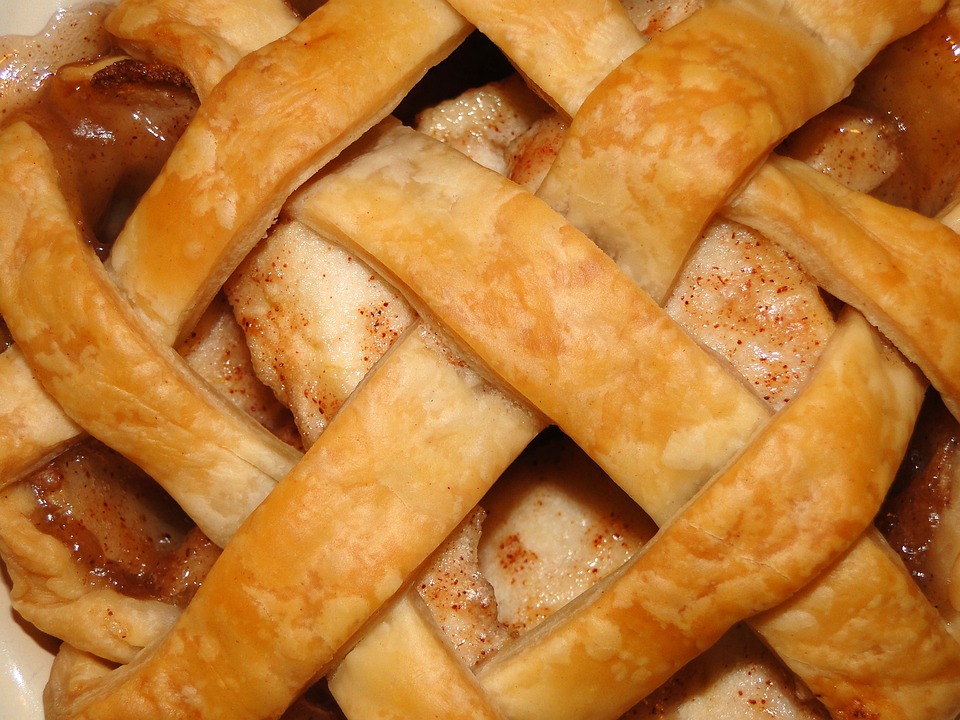- Culture plays a limited role in scent preferences, with the pleasantness of smells universal and based on molecular structure.
- Vanilla and peaches are the most popular scents.
- Pleasant odors can increase perceptions of attractiveness.
Despite sharing common olfactory anatomy, people perceive the pleasantness of smells differently.
We all have our favorite smells, whether it be a signature bottle of perfume, crackling firewood, or freshly baked pie. Pleasant smells are powerful and can kindle changes in mood or stoke new perceptions of others.
The perception of odor is termed valence, and variations in valence among different human populations is an emerging area of research.
Understanding Variations
Traditionally—much like facial preference—odor preference was thought to be related to culture. However, it remains to be elucidated the degree to which valence is universal (i.e., due to molecular structure), influenced by culture, or based on individual preference. Publishing in Current Biology, international researchers assessed each of these three factors in nine non-Western worldwide populations (n=225), including hunter–gatherers, horticulturists, and subsistence agriculturists. They later compared these data with those from urbanites from New York City.

The investigators found that although culture accounted for only 6 percent of the variance in valence, individual tastes accounted for 54 percent of the variance. There was also international consistency, as molecular identity explained 41 percent of the variance in odor pleasantness. They concluded that the pleasantness of smells is heavily influenced by universal principles.
“Critically, across cultures, the perceived relative pleasantness of odorants seems to be equally robust—our effects are not driven by the peculiarities of one or two odorants or limited by the sample size of participants. This is striking and is contrary to what would have been predicted from a cultural relativity perspective,” the authors wrote.
In other results, the investigators found that participants preferred vanilla best followed by the smell of peaches (i.e., ethyl butyrate). Isovaleric acid, which is found in cheeses and foot sweat, was the least-liked smell.
The authors suggested that one reason why smell preference is driven by molecular structure could be evolutionary; certain smells increased the chances of human survival.
Influence of Pleasant Smells
In a bid to feel more attractive, people have been using fragrances for thousands of years. A plethora of research has demonstrated that odor does influence perception via mood induction and changes in arousal, as well as cross-modal affective/semantic priming.
“Attractiveness judgments would appear to be influenced to a greater extent than other judgments about people by the presence of a pleasant (as compared to an unpleasant) scent,” wrote the authors of a review article published in Cognitive Research: Principles & Implications.
“Establishing the most appropriate experimental methods by which to support claims around the efficacy of fragrance is of great commercial interest to the fragrance and home and personal care industries,” they added.
On a related note, the overlap between scent and human behavior is wide-ranging. Smells can influence how people rate paintings, pictures, and so forth. A person’s personal odor profile can convey chemosensory information about health status, ovulation, personality, or sickness.
References
Arshamian A, Gerkin RC, Kruspe N, Wnuk E, Floyd S, O’Meara C, Garrido Rodriguez G, Lundström JN, Mainland JD, Majid A. The perception of odor pleasantness is shared across cultures. Curr Biol. 2022 May 9;32(9):2061-2066.e3. doi: 10.1016/j.cub.2022.02.062.
People around the world like the same kinds of smell (press release). Karolinska Institutet. April 4, 2022. ScienceDaily.
Spence C. The scent of attraction and the smell of success: crossmodal influences on person perception. Cogn Res Princ Implic. 2021 Jun 26;6(1):46. doi: 10.1186/s41235-021-00311-3.













